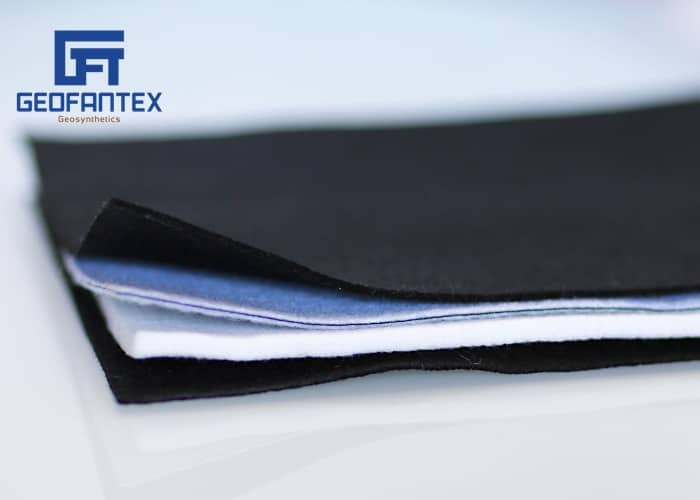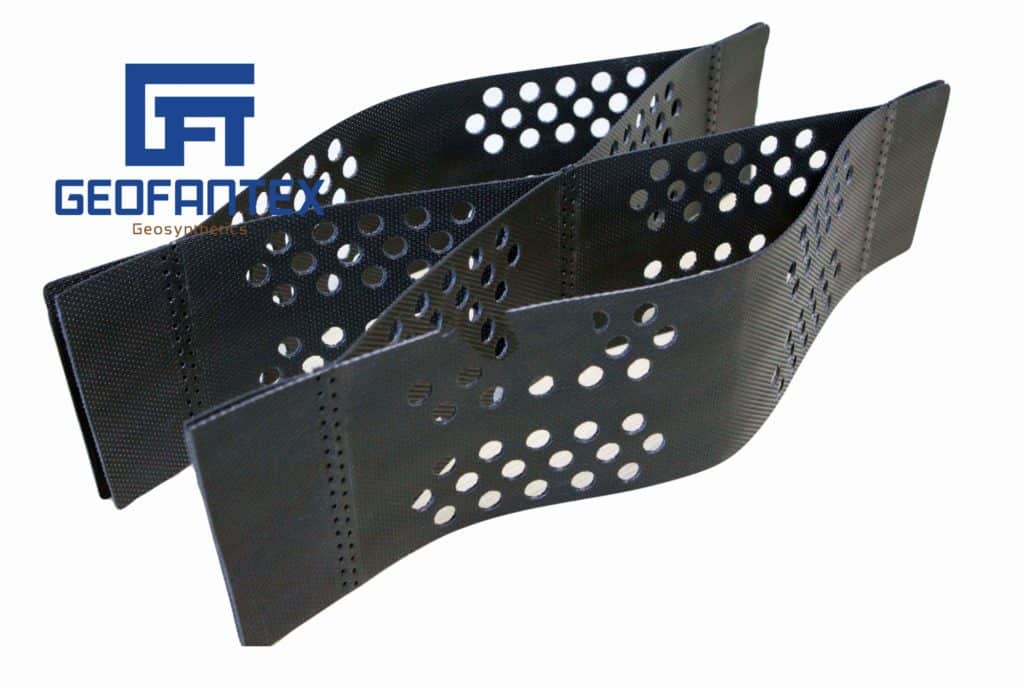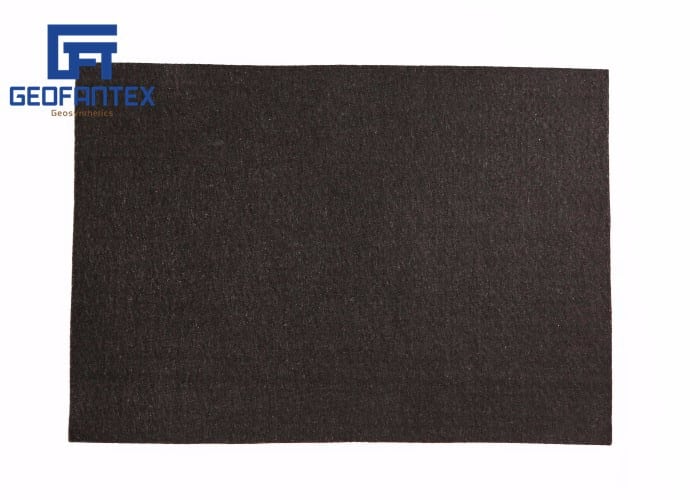What are geosynthetic products?
Geosynthetics are man-made materials used to improve soil conditions. The word is. derived from: Geo = earth or soil + Synthetics = man-made. Geosynthetics are typically made from petrochemical-based polymers (“plastics”) that are biologically inert and will not decompose from bacterial or fungal action.
Geosynthetics are synthetic materials made from polymeric materials used in civil engineering and geotechnical applications. These products are designed to provide strength, durability, and stability to soil, rock, and other materials in various construction projects.
There are several types of geosynthetics, including:
- Geotextiles: These are permeable fabrics that are made from synthetic fibers and used to reinforce soil, separate different layers of soil, and filter water.
- Geogrids: These are open-meshed materials made from polymers, which are used to reinforce soil, retain slopes, and stabilize embankments.
- Geonets: These are thin, three-dimensional structures that are used for drainage and filtration.
- Geomembranes: These are impermeable materials used for lining ponds, reservoirs, and landfills to prevent contamination of the surrounding soil and water.
- Geocells: These are honeycomb-like structures that are used to stabilize soils, retain slopes, and prevent erosion.
Geosynthetics have many advantages over traditional construction materials, including cost-effectiveness, durability, ease of installation, and reduced environmental impact. They are used in a wide range of applications, including road construction, landfills, erosion control, and water management.






